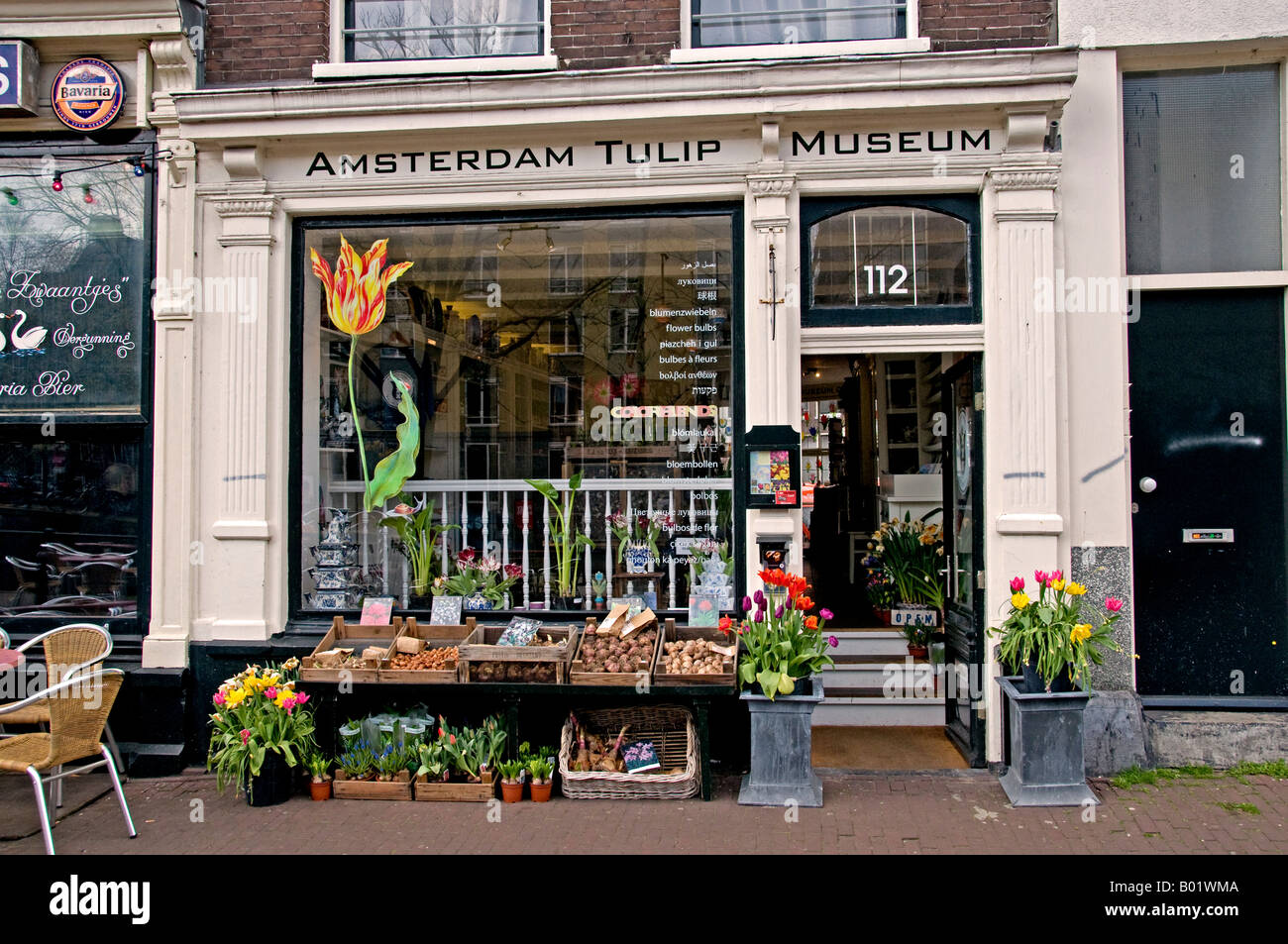Tulip Museum Amsterdam Jordaan Prinsengracht Holland The Netherlands Nederland Dutch City

Image details
Contributor:
Peter Horree / Alamy Stock PhotoImage ID:
B01WMAFile size:
56.1 MB (2.9 MB Compressed download)Releases:
Model - no | Property - noDo I need a release?Dimensions:
5433 x 3608 px | 46 x 30.5 cm | 18.1 x 12 inches | 300dpiLocation:
AmsterdamMore information:
The Jordaan is home to many art galleries, particularly for modern art. The neighbourhood is also dotted with speciality shops and restaurants, and markets are held regularly at Noordermarkt, the Westerstraat (the Lapjesmarkt textile market) and Lindengracht. The most common theory on the origin of the name is as a derivation of the French word jardin, meaning garden. Most streets and canals in the Jordaan are named after trees and flowers. Another theory is that the Prinsengracht canal was once nicknamed Jordaan (the Dutch name for the river Jordan), and that the neighbourhood beyond the canal came to be called this as well. Built in the first half of the 17th century to house the working class, the Jordaan is now one of the most expensive, upscale locations in the Netherlands. The neighbourhood has become "yuppified" as many of the neighbourhood's original working-class residents have moved out of the city to more affordable locations in recent decades, mainly to Almere and Purmerend. A view of the Jordaan, at the corner of the Prinsengracht and Bloemgracht canals.Construction of the Jordaan began in 1612. The streets and canals where build according to the old ditches and paths. In the 19th century, six of the Jordaan's canals were filled in, including the Rozengracht, which is now the main traffic artery through the neighbourhood. Tram lines 13, 14, and 17 run through this street. The Jordaan has a high concentration of hofjes (inner courtyards), many of them with restored houses and peaceful gardens. These courtyards were built by rich people for elderly women, as a kind of charity. By the 1970s most of these courtyards were in very bad shape, like the rest of the neighbourhood. Since then, many have been restored and are now inhabited mainly by artists, students and some elderly people. If you come across the entrance to a hofje, and it is unlocked, most residents won't mind if you sneak a quiet peek.